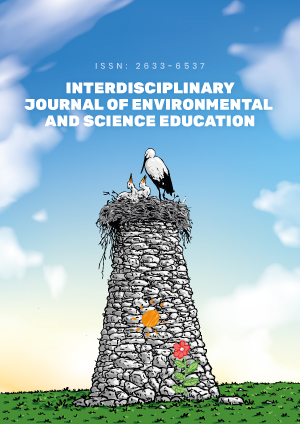Abstract
The aim of this study is to reveal how children portray their relationships with a nearby riverscape. We studied the differences in environmental perception by analyzing drawings at two scales: urban vs. suburban and present state vs. future visions. A total of 118 children, aged nine to 13, were asked to draw pictures of their neighboring river landscape. The elements represented were classified in four categories: biotic, abiotic, recreation and infrastructure and were analyzed using a generalized linear model. The results showed that the children perceived the current landscape as a contaminated space. The elements like garbage and dead animals were very relevant. The comparison between urban and suburban sectors showed significant differences in the biotic and infrastructure categories, and such differences were even greater between the present images and future visions. The participants had a strong attachment to nature and highly valued the riverscape as a place for recreation. Research suggests a high level of interest in environmental concern.
License
This is an open access article distributed under the Creative Commons Attribution License which permits unrestricted use, distribution, and reproduction in any medium, provided the original work is properly cited.
Article Type: Research Article
INTERDISCIP J ENV SCI ED, Volume 17, Issue 2, 2021, Article No: e2235
https://doi.org/10.21601/ijese/9334
Publication date: 01 Jan 2021
Article Views: 2176
Article Downloads: 1195
Open Access References How to cite this article
 Full Text (PDF)
Full Text (PDF)